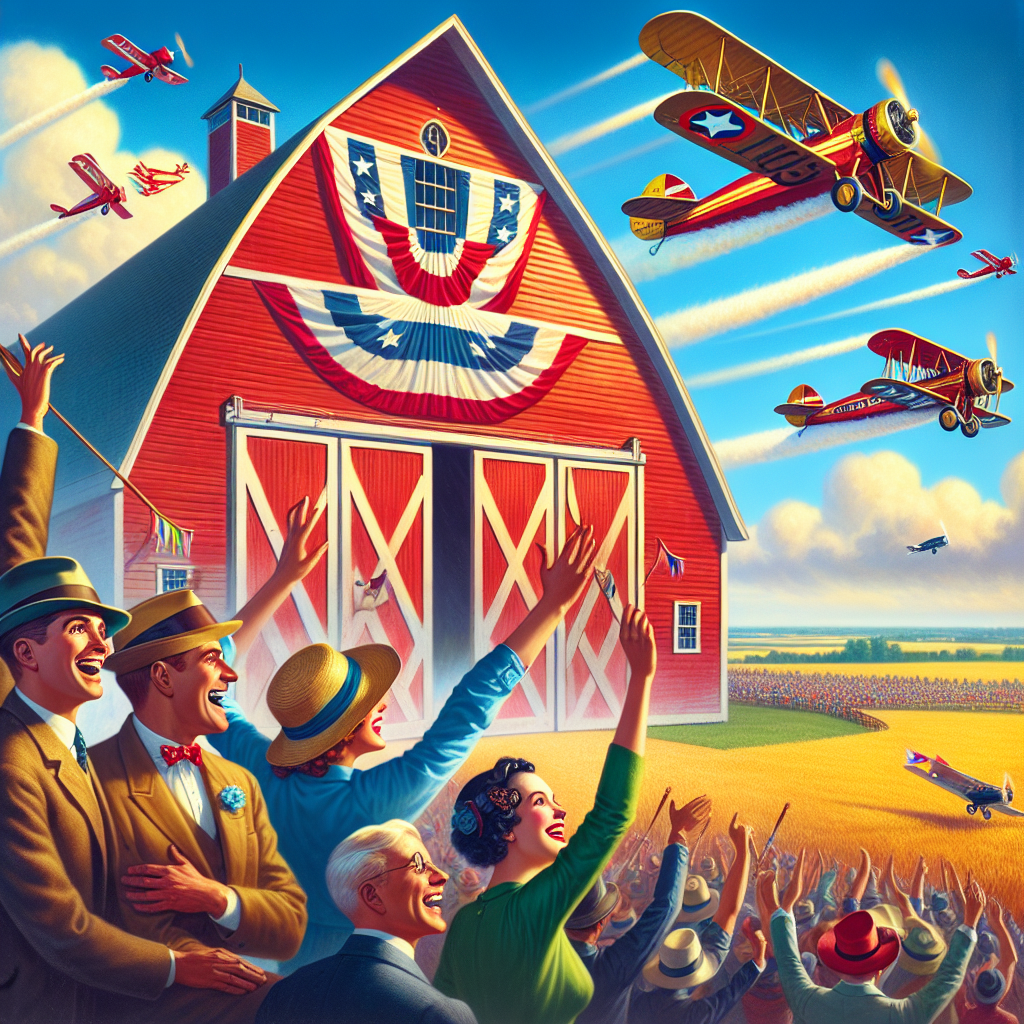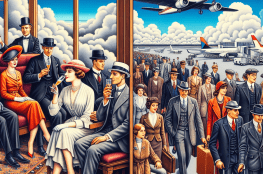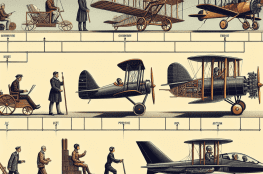The Golden Age of Aviation: From Barnstorming to Air Races
The Golden Age of Aviation, roughly spanning from the end of World War I to the onset of World War II, was a thrilling period marked by rapid advancements, daring feats, and burgeoning public interest in flight. During this time, aviation transitioned from a novelty to a formidable element of modern transport and defense. Let’s take a flight back in time and explore the fascinating world of barnstorming and air races that defined this era.
Barnstorming: The Daredevils of the Sky
Imagine the early 1920s: the echoing roar of biplane engines, the daring loops in the sky, and the awestruck crowds below. This was the era of barnstorming, where aviators, often World War I veterans, sought to make a living by performing aerial stunts and giving rides to the public.
- Origins of Barnstorming: Barnstorming began as a means for surplus war pilots to continue flying after the war. With an abundance of military aircraft available, these pilots toured the countryside, bringing aviation to the masses.
- Spectacular Feats: Barnstormers would perform breathtaking stunts such as loops, barrel rolls, and the infamous “wing walking,” where brave souls would climb out of the cockpit and walk along the wings of the airplane in mid-flight.
- Grassroots Engagement: These aerial shows were often impromptu, set up in farmers’ fields or small-town fairs, literally taking flight across rural America. They played a vital role in popularizing aviation and inspiring future pilots.
For those interested in delving deeper into the educational content surrounding this period, Latest Education Updates on Telegram can provide ample information and resources.
Air Races: The Speed Demons’ Playground
As barnstorming spread the aviation fever, air races emerged as the definitive competitive spectacles of the Golden Age. These races pushed the boundaries of speed, engineering, and piloting skill, captivating audiences and influencing future aircraft design.
- The Schneider Trophy: Established in 1913, the Schneider Trophy was a seaplane race that became synonymous with advancement in aviation engineering. Nations competed fiercely, pushing the limits of aircraft speed and durability.
- The National Air Races: Held annually in the United States from 1920 onward, these races featured a mix of events, including cross-country flights and closed-course pylon races, drawing huge crowds and significant media attention.
- The Thompson Trophy: Introduced in 1930, the Thompson Trophy was one of the most coveted awards in aviation. Pilots raced around a pylons circuit at low altitudes, showcasing not just speed but skilled airmanship.
These air races captured the public’s imagination and contributed to the rapid development of faster and more reliable aircraft, laying the groundwork for modern aviation as we know it.
Legacy and Influence
The Golden Age of Aviation significantly shaped public perception of flight, transforming it from a dangerous novelty into an inspiring and essential aspect of modern life. The legends of barnstorming and air racing continue to reverberate through history, reminding us of a time when the sky was more than just a limit—it was a vast frontier of possibilities.
If you’re eager to expand your knowledge further about the incredible developments and educational implications of aviation history, be sure to check out the Academic Content on Telegram Channels. These channels offer a treasure trove of information on numerous subjects, including the history of aviation.
Aviation’s golden age was a time of unparalleled excitement, innovation, and bravery. As we look back in wonder, we are reminded of the pioneering spirit that continues to drive human ingenuity skyward.



